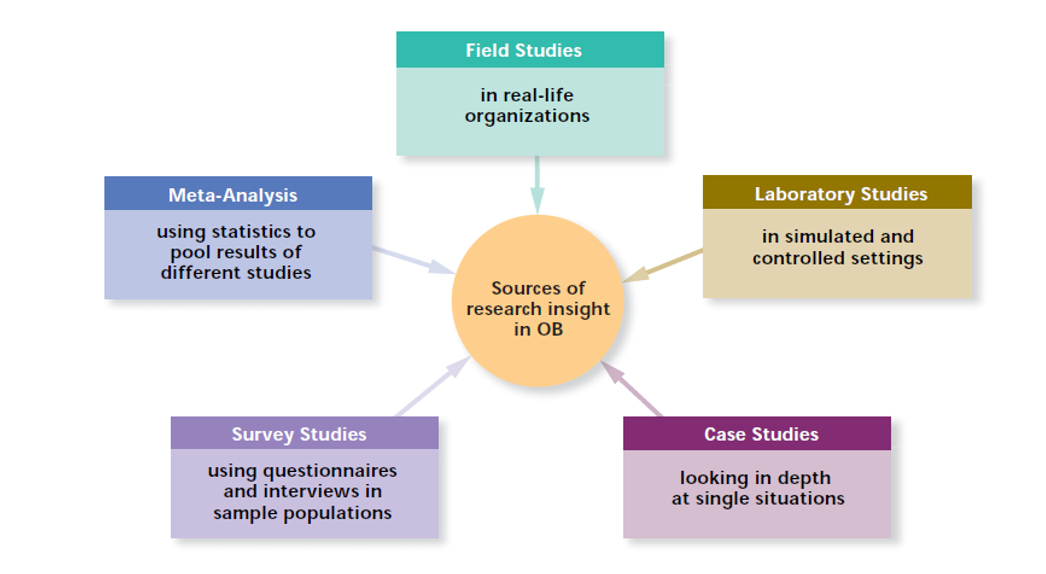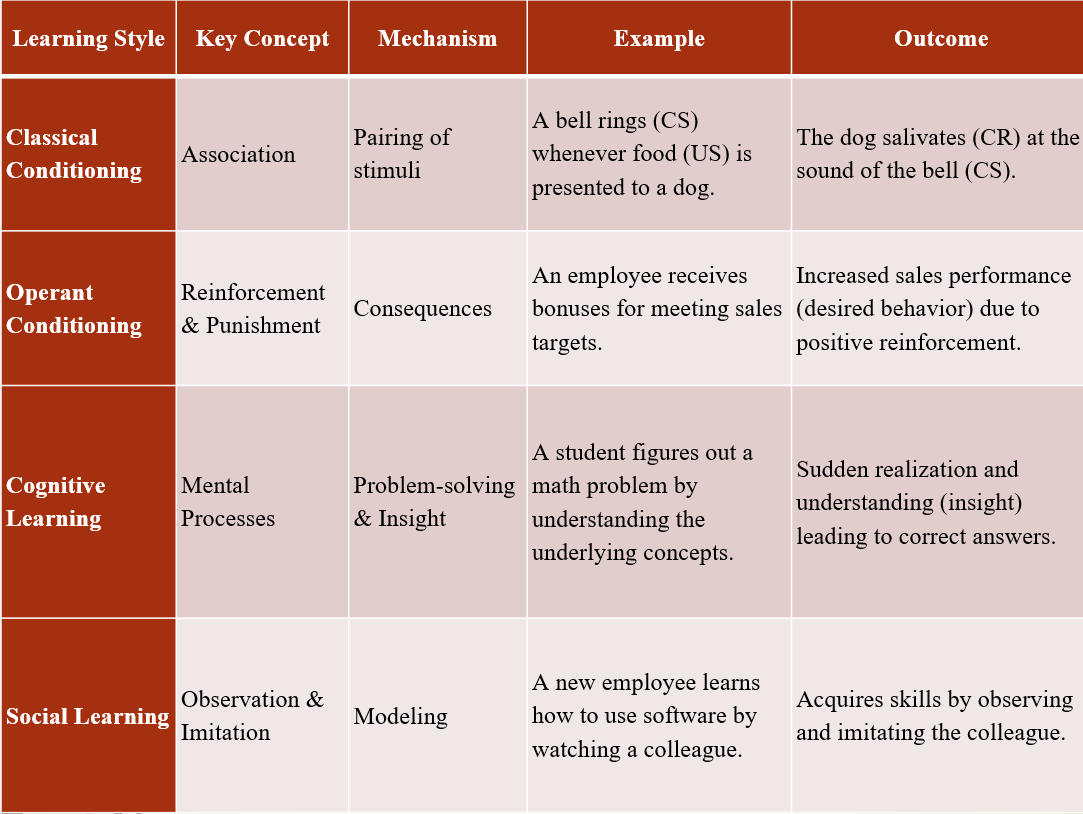Organization: An organization is a group of people working together to achieve a specific goal Behaviour: It is the way in which an individual responds to a particular situation or under a particular condition.
Definitions of organizational behaviour

Objectives of Organizational Behaviour
- Understanding employees better
- Job satisfaction
- Leadership and conflict resolution
- Higher productivity
- Organizational culture
Scope of organizational behaviour
Individual
- Personality
- Perception
- Attitudes
- Motivation
- Job Satisfaction
- Learning
- Values
Groups
- Group Dynamics
- Group Conflicts
- Communication
- Leadership
- Power and Politics
Organization
- Structure
- Culture
- Change
- Development
Disciplines borrowed to contribute to organizational behavioural studies
- Psychology
- Social Psychology
- Sociology
- Anthropology
Elements of organizational behaviour
- People: People make up the internal and social systems of the organization. They consist of individuals and groups. Groups are dynamic and they work in the organization to achieve their objectives.
- Structure: Structure defines the formal relationships of the people in organizations.
- Technology: Technology such as machines and work processes provide the resources with which people work and affect the tasks that they perform.
- Environment: All organizations operate within an external environment.
Research methods in OB

Independent variables of OB
- Individual variables
- Age, gender, personality, emotion, values, attitude, ability
- Perception, individual decision making, learning, and motivation
- Group variables
- Communication, leadership, power, politics
- Organization system variables
- Organizational culture, HR practices
Dependent variables of OB
- Productivity
- What factors influence the effectiveness and efficiency of individuals.
- Absenteeism
- Having too high employee absenteeism rate will affect productivity negatively.
- Turnover
- Not all turnover is bad, however
- High turnover rate: In some degree, it might affect productivity, particularly in the hospitality industry
- Organizational citizenship behaviour (OCB)
- Job satisfaction
Learning
Learning is any relatively permanent change in behaviour that occurs as a result of experience.
Stephen P Robbins
Learning can be defined as relatively permanent change in behaviour potentiality that results from reinforced practice or experience.
Steers and Porter
Theories of Learning
1. Classical conditioning
- Developed by Ivan Pavlov

2. Operant conditioning
- This theory was proposed by BF Skinner
- It is a method of learning that employs rewards and punishment for behaviour
- When lab rats press a lever when a green light is on they receive a food pellet as reward.
- When they press the lever when the red light is on they receive a mild electric shock
- As a result they learn to press the lever when the green light is on and avoid pressing it when the red light is on
3. Cognitive learning
- Cognition refers to an individual’s thoughts, knowledge and interpretation about oneself and his/her environment
- This theory suggests that a person preserves and organizes information relating to the events that may occur in learning
- This theory was developed by Kohler who conducted an experiment on a monkey.
- He gave 2 sticks to a monkey in a cage
- Both sticks were too short to reach the banana lying outside the cage
- Monkey used it’s cognition, joined both the sticks and pulled the banana inside.
- This learning process involved organizing bits of information in an effective manner.
4. Social learning
- This theory states that people learn from both observation and direct experience
- By observing people around us, mostly from parents, teachers, peers, TV, we learn new behaviours
- This theory was developed by Albert Bandura
- He introduced the bobo doll to children who watched adults perform violent acts on the doll
Data table

Demographic and cultural diversity
- Diversity refers to the ways in which people are similar or different from each other. It may have been defined by any characteristic that varies within a particular work unit such as gender, race, age, education, tenure or functional background.
- Wellner(2000) conceptualized diversity as representing a multitude of individual differences and similarities that exist in people.
- Diversity can encompass many different human characteristics such as race, age, creed, national origin, religion, ethnicity, sexual orientation. The characteristics representing diversity are illustrated in Gardenswartz & Rowe’s (1994) Four Layers of Diversity Model.
Benefits of diversity
- Higher creativity in decision making
- Better understanding and service of customers
- More satisfied workforce
- Higher company performance
Challenges of diversity
- Communication issues
- Too many opinions
- Diversity implementation challenges
- Retain bad talent